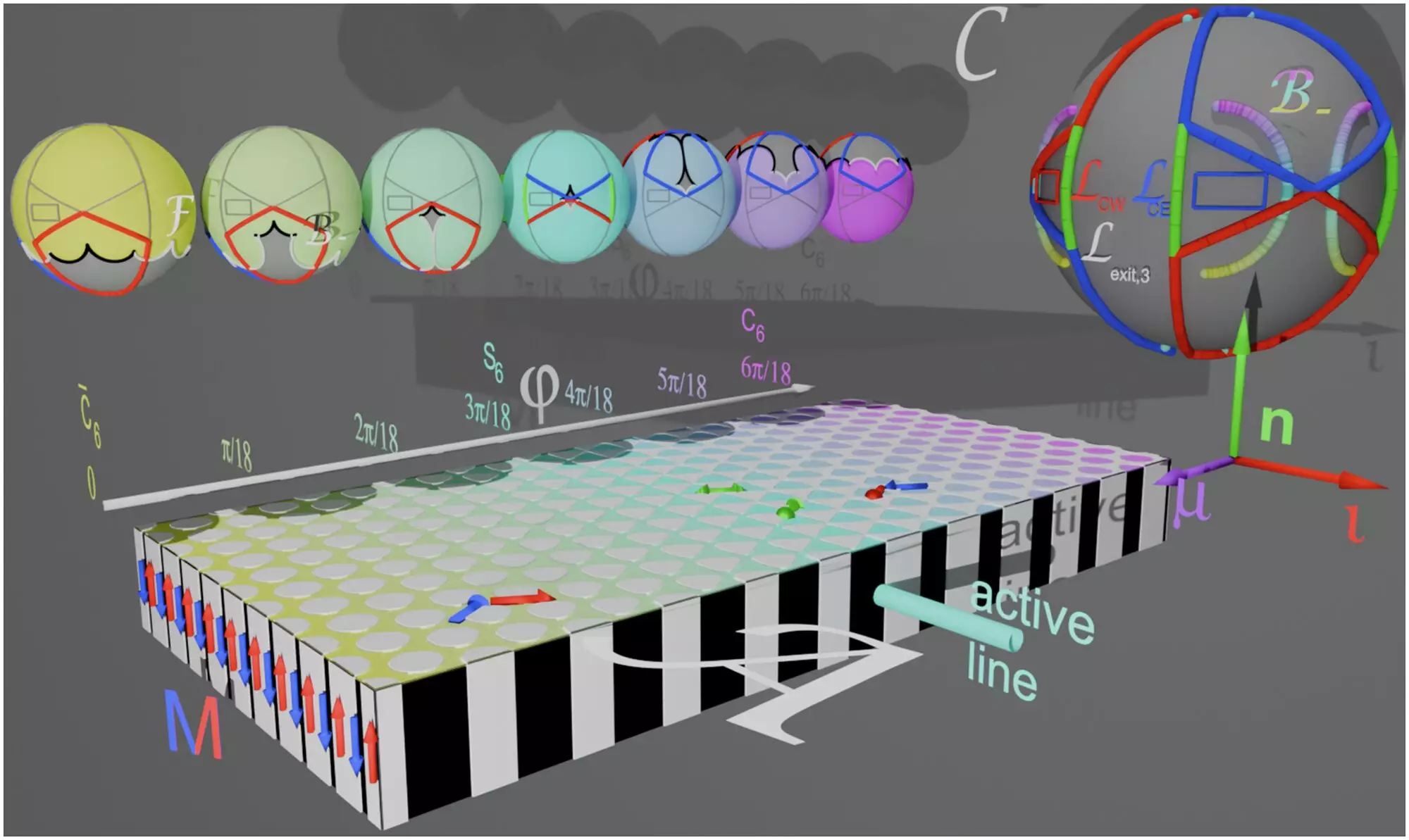In a remarkable advancement within the realm of microtechnology, researchers from the University of Bayreuth have unveiled an innovative technique to meticulously control the growth and behavior of tiny entities known as micro-runners. This groundbreaking method leverages an external magnetic field for the assembly of paramagnetic colloidal spheres into rod-like structures. These microscopic constructs, when fully developed, autonomously initiate movement—a phenomenon that is not haphazard but follows a defined experimental design. This revelation, published in the prestigious journal Nature Communications, showcases a fascinating intersection of physics and potential biomedical applications.
The Concept Behind the Biped Factory
At the heart of this pioneering research lies the concept of a “biped factory.” Here, microspheres are strategically linked via magnetic forces, creating miniature bipeds that possess the ability to run once they reach the desired size. The manipulation of these structures occurs through a finely-tuned process involving a magnetic metamorphosis pattern. Researchers have ingeniously arranged oppositely magnetized domains based on their spatial configuration, allowing for controlled shape and dimensionality during assembly.
What sets this process apart is the employment of a time-dependent magnetic loop. By adjusting this loop, scientists can dictate the specific movements of the paramagnetic particles, guiding them over spatial periods that allow for the directionality of growth and assembly. This method not only facilitates the creation of diverse biped structures but also opens avenues for customizability in their lengths—up to six variations, as evidenced in experimental results.
Implications for Biochemical Transport
The potential impact of this development extends beyond academic interest and into tangible real-world applications, particularly in the field of medicine. Colloidal particles, owing to their diminutive size, are poised to act as vehicles for transporting biochemicals and therapeutic agents within biological systems. The ability to create controllable micro-runners could revolutionize drug delivery mechanisms, allowing for targeted therapies that minimize side effects and enhance treatment efficacy.
Furthermore, the autonomous nature of these bipeds assembles a layer of sophistication in micro-robotics. The envisioned capabilities of such systems present intriguing possibilities for programming microscopic entities to navigate complex environments—think biosensors or even localized treatment solutions for diseases that require precision targeting.
Collaborative Innovation Fueling the Future
This fruitful collaboration between the University of Bayreuth, the University of Kassel, and the Polish Academy of Sciences is a testament to the power of interdisciplinary research. By fusing insights from experimental physics with practical applications in biochemistry, the team has not only broken ground in how we perceive microscopic movement but also laid a foundation for future inquiries and innovations.
The underlying message conveyed by this research is one of promise and potential—highlighting the role of fundamental scientific exploration in fostering technological breakthroughs that can redefine industries. This pioneering approach to the manipulation of micro-runners could well be a stepping stone toward realizing a future where microscopic engineers have a profound impact on healthcare and beyond.

